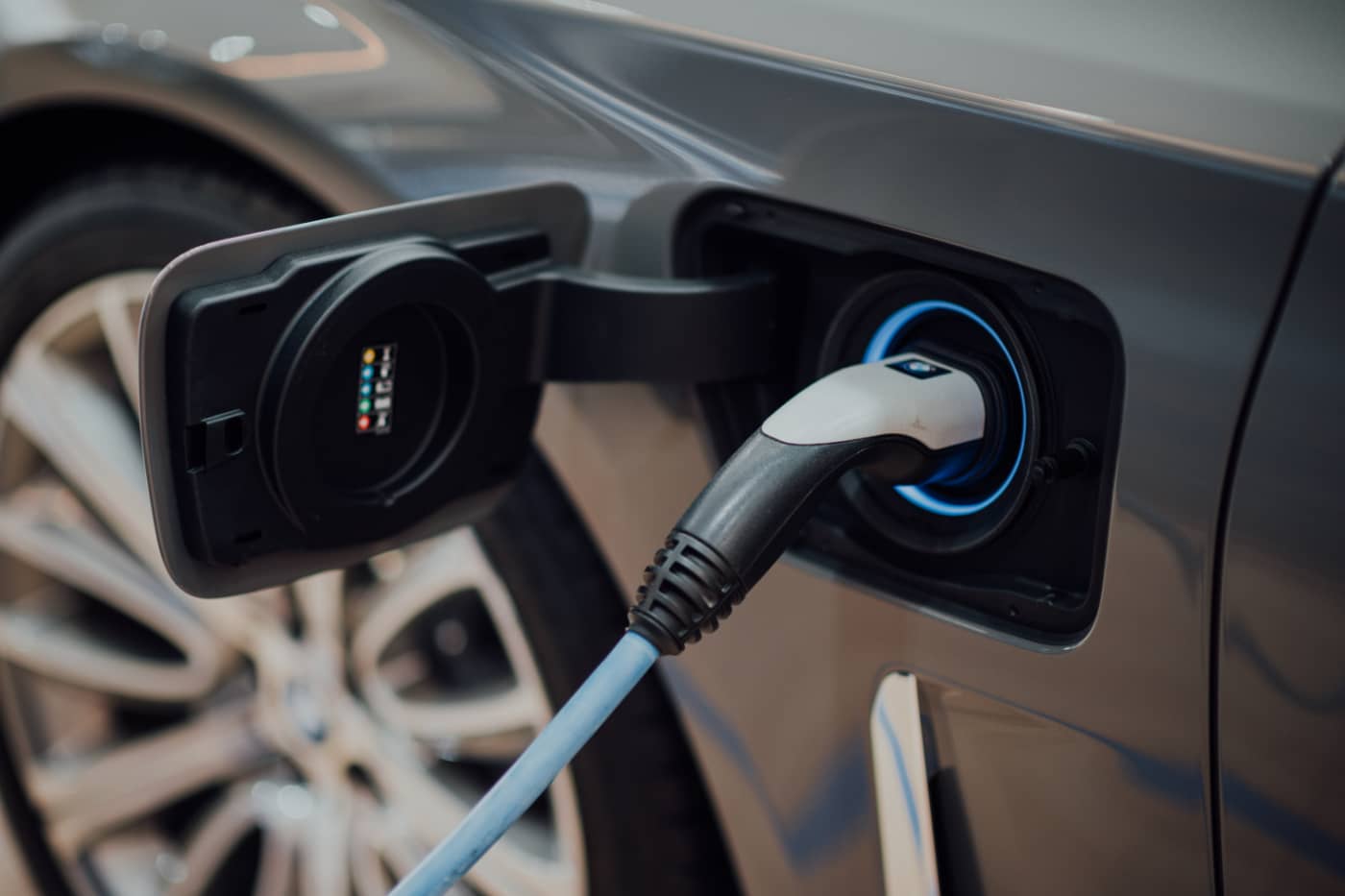
This article first appeared in WARC written by, Tim Stafford, Managing Director from our Detroit studio.
Why owned channels matter
As new technologies such as electrification and autonomy drive a dizzying pace of change in the automotive industry, marketers are searching for opportunities to reach consumers in a more meaningful way.
Takeaways
- As electric vehicle growth (EVs) continues, the industry has work to do to make sure public charging infrastructure matures with it, to maintain consumer confidence.
- Advances in vehicle software will unlock a host of new features, apps and experiences to be enjoyed on the go. For marketers, this shift from product to software and services presents new opportunities to build customer relationships beyond the point of sale.
- Marketers will find success in 2024 by clearly communicating the advantages of evolving retail models – whether that’s the ease of buying online, the reassurance that comes with the customer service of a local dealer, or a mix of both.
- Many customers still seek vehicle brands that connect with their passions as well as meet their everyday transportation needs – from off-roading, to performance, to adventure.
The automotive industry continues to evolve as electric vehicles (EVs) become ever more prevalent and vehicle software advances rapidly affect marketers and consumers alike.
The early adopters have adopted. Now, it’s time to engage with the “early majority” customer, who has to decide which vehicle is right for them in an ever-more-complicated landscape of emerging technologies, shifting regulations, and new infrastructure needs, to name a few.
The goal for brands and marketers should be to support their customers through this complex transition period. To do that, it’s important to look ahead. Here are the auto industry trends that are set to make a big impact in 2024 and beyond.
1. The power of software
The automotive industry is undergoing rapid transformation, with vehicles becoming fully connected and their software much more advanced. It remains to be seen how quickly drivers will embrace the concept and possible convenience of loading their cars with apps as effortlessly as they do with their smartphones, but 2024 promises a multitude of new features for vehicles. GM is expanding the availability of Super Cruise, the technology gives drivers the ability to go hands-free on select roads. Genesis has introduced a Fingerprint Authentication System which can be used to start the vehicle and load personalized cabin settings.
These innovations are vital to the entire ownership cycle; they are always-on, subscription-friendly relationship builders, versus the previous ‘one and done’ car buying experience. The trend was well underway in 2023, with the global connected vehicle market estimated to be worth $63.39 billion. Over the next five years, the connected vehicle market will continue to grow by 17.35% – but not without its challenges. A recent survey by McKinsey found that 34% of executives identified customer awareness as a challenge for the automotive industry, with excessive complexity of the technology, limited customer demonstrations and hands-on experience, and perceived cybersecurity risks all cited as obstacles to customer interest.
To combat this complexity, brands have put a stake in the ground, promising a simpler user experience. Ford, for example, supports the digital interfaces their customers are already familiar with – namely Apple CarPlay and Android Auto. Other OEMs are committed to building their own interfaces. Time will tell which strategy emerges victorious but marketers who can help consumers shift their perspective, from viewing vehicles as a means of transportation to an extension of their personal digital ecosystems, will do well.
2. To EV or not to EV
That is the question. As the electric vehicle trend surges forward and Tesla, the current leader in the EV market in the US, sees a decline in market share despite dropping prices significantly, crucial questions are being asked about the readiness of the supporting infrastructure, such as charging points. The urgency to construct these at a sufficient pace to meet this rapid acceleration is paramount – any delay might slow down the ongoing EV momentum. According to analysis by PwC, there are an estimated 4 million charging stations today in the US, and this is expected to rise to 35 million in six years. Even with this rapid progression, a survey conducted by the Energy Policy Institute at the University of Chicago and the Associated Press-NORC Center for Public Affairs Research found that 47% of US adults say it’s not likely they would buy an EV as their next car, citing the lack of charging options and the high costs as the main barriers to going electric.
The regulatory landscape is also shifting, with the UK government pushing back the deadline when consumers will have to buy EVs by five years to 2035. This has caused significant uncertainty for manufacturers and consumers alike, with big names such as Ford criticizing the change, saying it would undermine the move to electric. For its part, Ford has led the charge, recently expanding its Blue Oval Charge Network to over 100,000 chargers and partnering with Tesla to give its owners access to over 15,000 Tesla Superchargers. In 2024, automotive marketers need to be transparent in educating consumers about the pros and cons of electric cars, based on their own personal driving needs. This is essential for winning consumer trust and success in the market.
3. Car Buying 2.0
The vehicle purchasing landscape continues to see a lot of change. EV startups like Tesla entered the automotive sector with a dealer-less, online commerce model that shook up the long-established automotive retail space – making car buying faster but less personal. On the flip side, legacy automakers, which might lack the tech but have strong brick-and-mortar dealerships, often appeal more to consumers. A recent consumer survey by Deloitte found that 36% of Americans service their vehicle at a dealership because they are perceived as trustworthy and doing quality work. Marketers need to find the right balance between the benefits of e-commerce and the importance of in-person human interaction. In the end, brands that seamlessly blend their digital and physical experiences, and ultimately give customers the power to choose how they want to shop, buy and maintain their car, will win out.
Passion has its place
Sometimes it’s not about what you need, it’s about what you want. While many car shoppers are simply looking to fulfill their daily transportation needs, enthusiasts still want vehicle brands that connect with their passions, from off-roading, to performance and adventure. For marketers, it’s about leaning into the lifestyle, making these “passion products” an extension of the person buying them. For those choosing a Jeep, a Porsche or a Mustang, their vehicle is about a lot more than getting from A to B. It will be important not to lose sight of that fact in the buzz around electrification, autonomy and software.
Keeping it simple is key
Ultimately, brands need to make sure they communicate this onslaught of new automotive technologies to the early majority in simple, clear terms – and demonstrate how they will make a positive impact on customers’ lives. Sure, that impact might be about improving mobility, but it might also be about simply having more fun behind the wheel.



